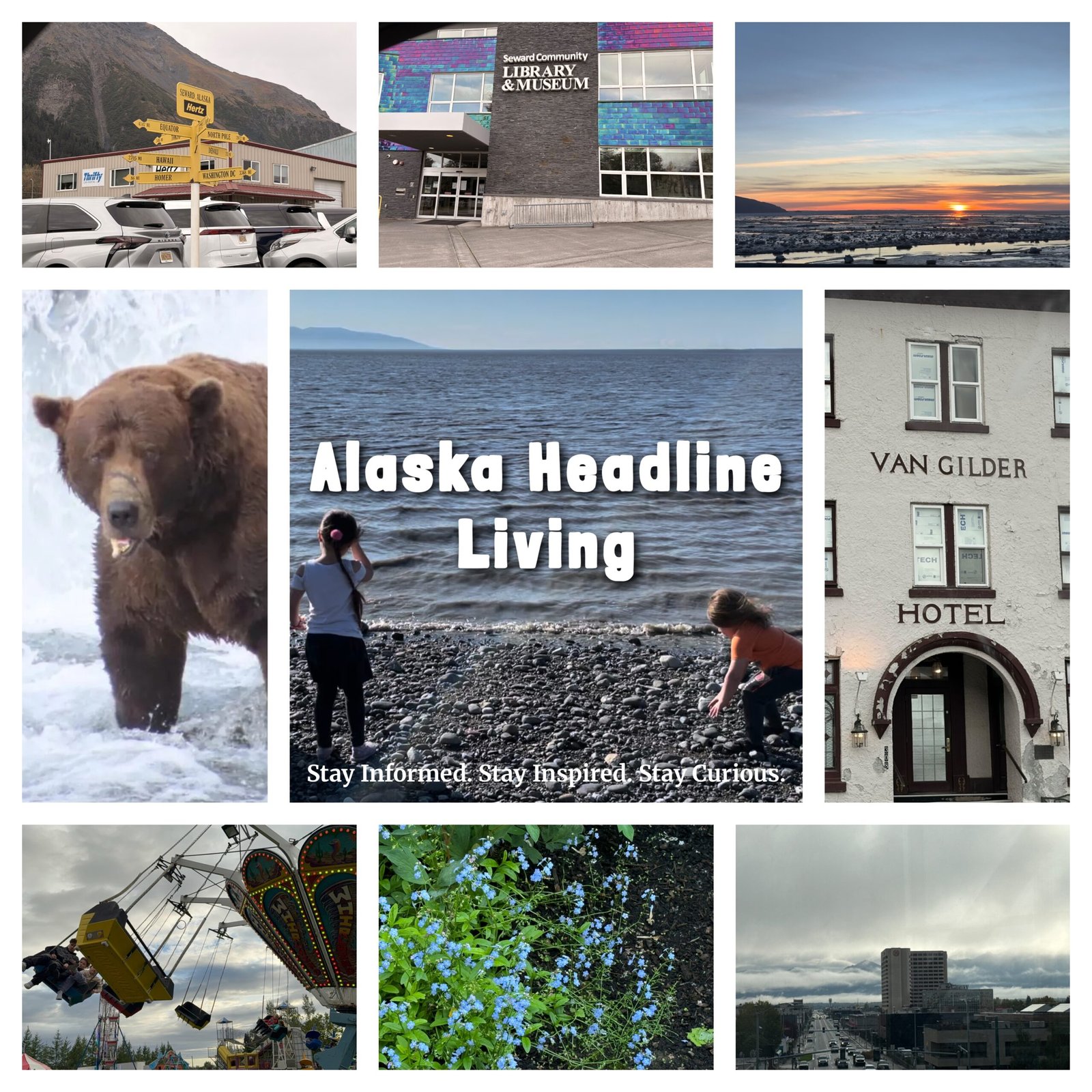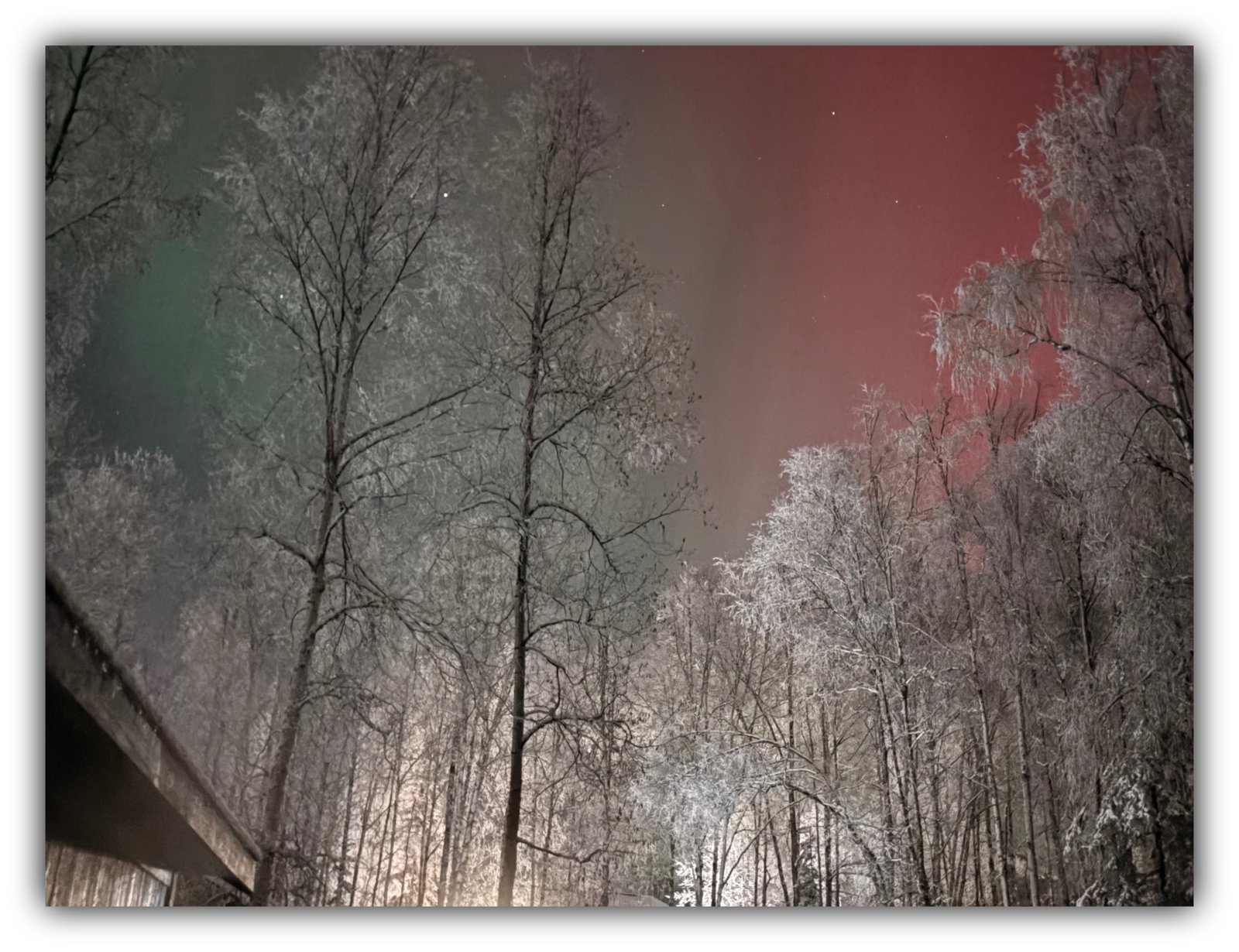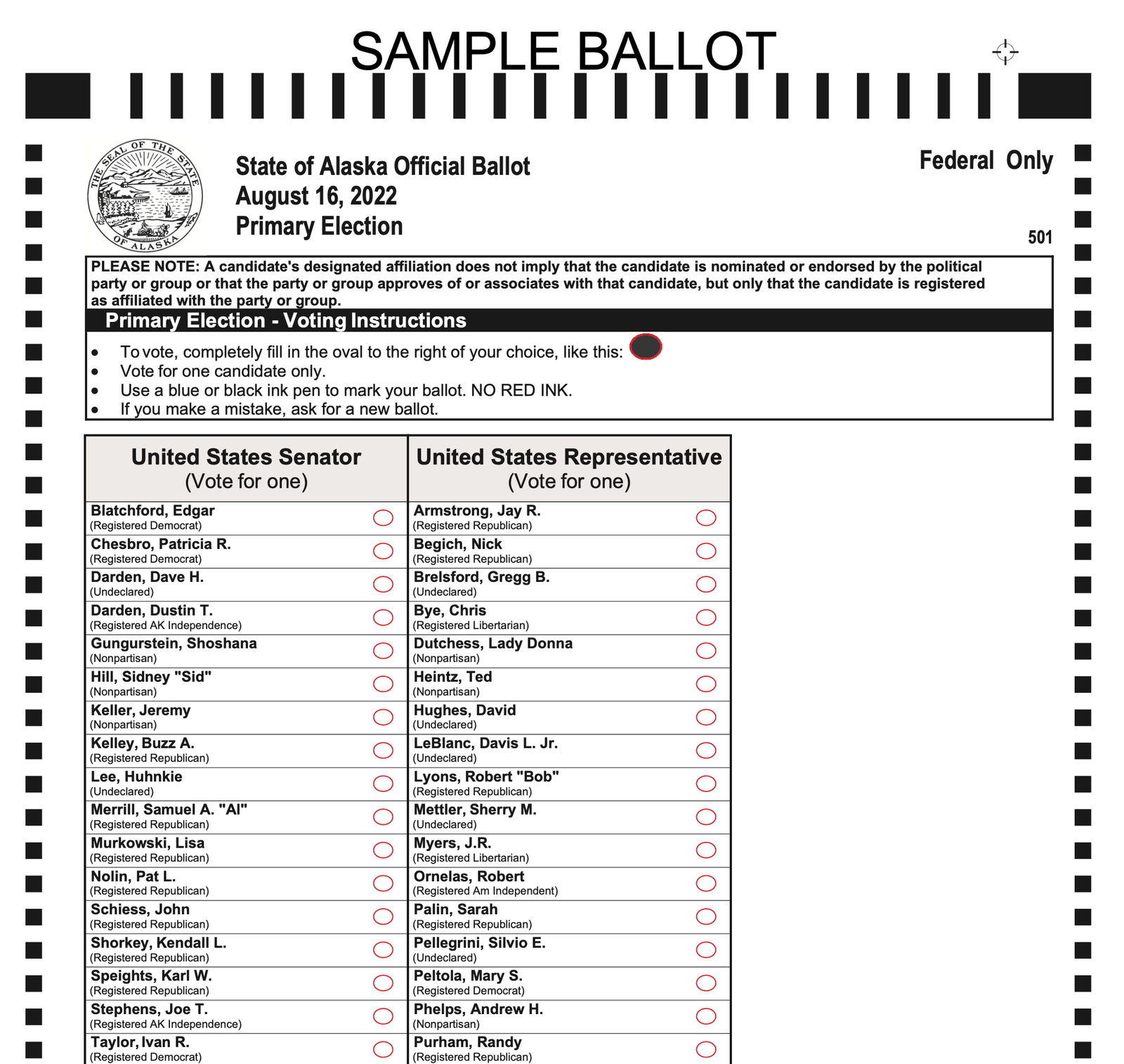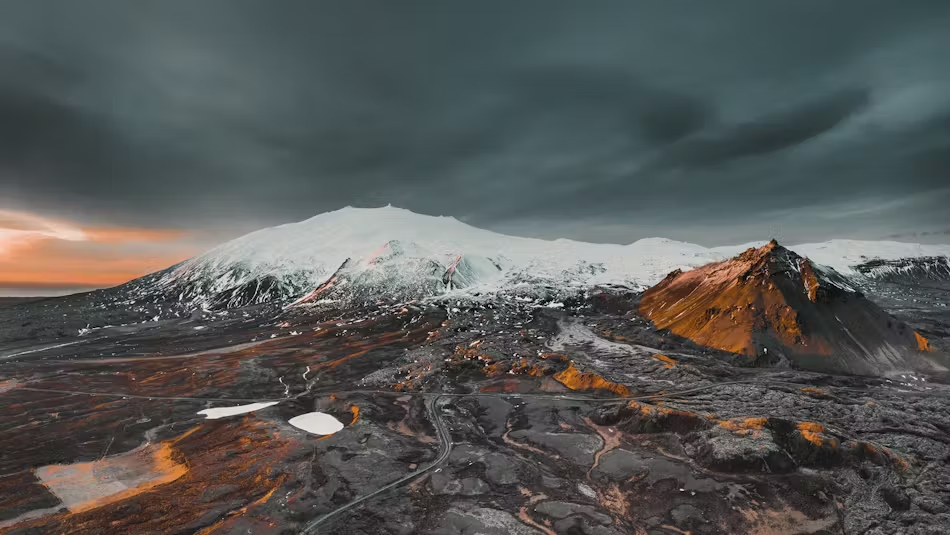By Gina Hill | Alaska Headline Living | November 2025
So there I was, sound asleep at the wild hour of 8 p.m. Don’t judge. It was cozy, and bedtime felt right.. Suddenly, my husband shakes me awake and says, “You’ve got to come see this!”
Half-asleep and fully skeptical, I wrapped up in my fluffy robe and trusty slippers (you know, the kind made for midnight mail runs and “just-one-peek” sky moments) and scuttled outside into the 14-degree chill.
And then… wow.
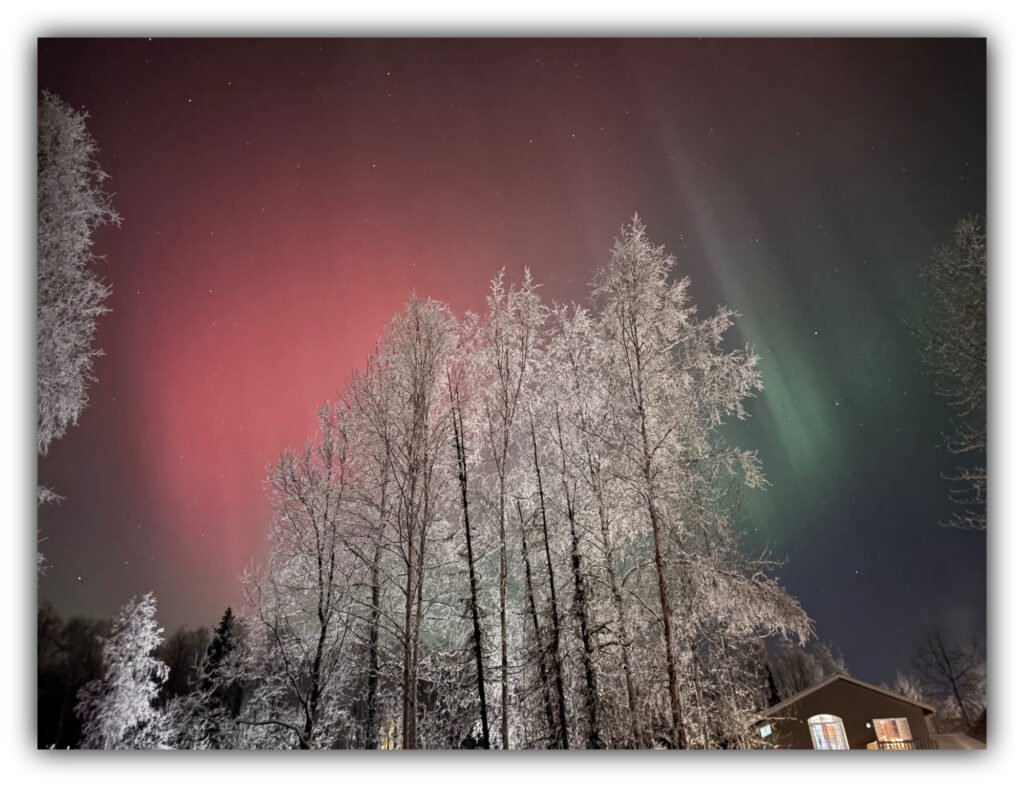
Above our frosted trees, the whole sky was alive with ribbons of green and red light swirling like slow-motion fireworks. Stars sparkled through the color like someone sprinkled glitter across the heavens. It looked like the universe decided to drape itself in Christmas lights just for us.
So what actually happened up there?
Earlier this week, the Sun decided to throw a bit of a tantrum, spitting out a burst of charged particles in what scientists call a solar flare and coronal mass ejection. Those particles zipped through space and slammed into Earth’s magnetic field last night, creating what’s known as a geomagnetic storm.
The official rating? A G4. That’s “Severe” on the space-weather scale (which goes from G1 to G5). Translation: pretty rare, pretty powerful, and just right for lighting up the skies way farther south than usual, even over Utah and Mississippi.
Why the colors looked like a cosmic lava lamp
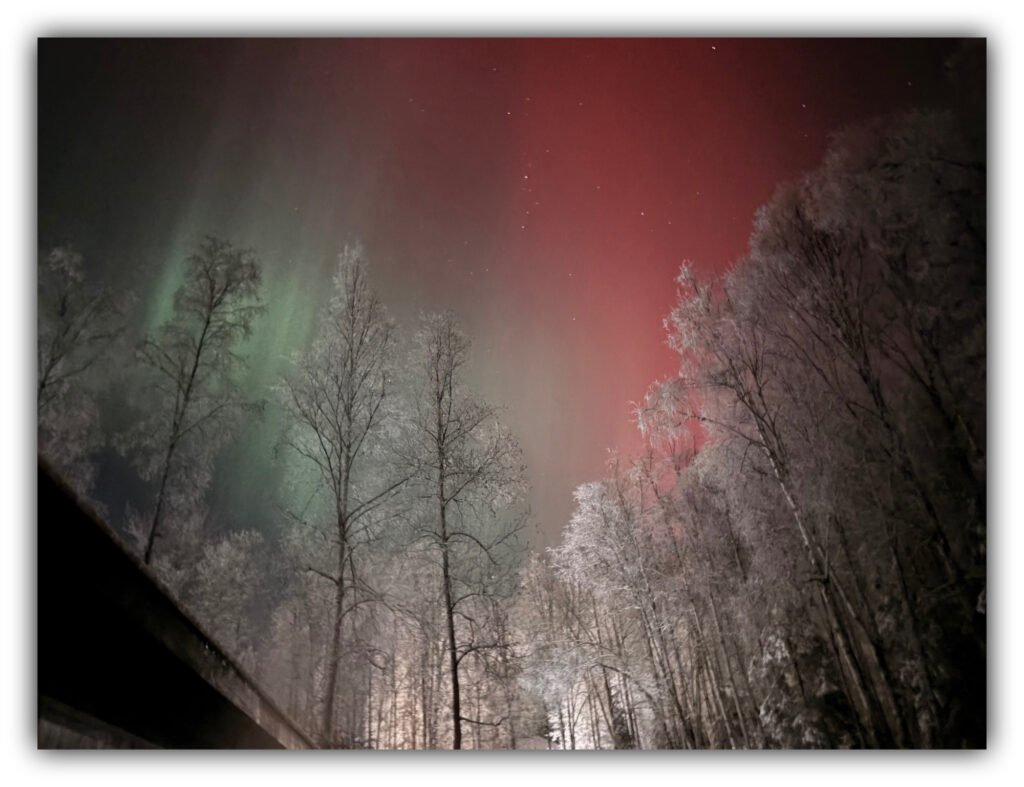
All that color comes from those solar particles bumping into atoms high in Earth’s atmosphere. Different gases glow in different shades, kind of like a neon sign, but on a planetary scale.
- Green: That’s oxygen about 100–200 miles up, glowing when it gets excited by solar energy. It’s the most common color you’ll see in auroras.
- Red: That’s oxygen even higher up, above 200 miles, where the air is thinner and the glow softer. Red only shows up during stronger storms, which makes it extra special.
- Sometimes you get pink or purple edges, from nitrogen joining the party at different altitudes.
So those bright reds and greens in my photos weren’t filters or editing tricks. That was pure nature showing off.
A sky worth freezing for
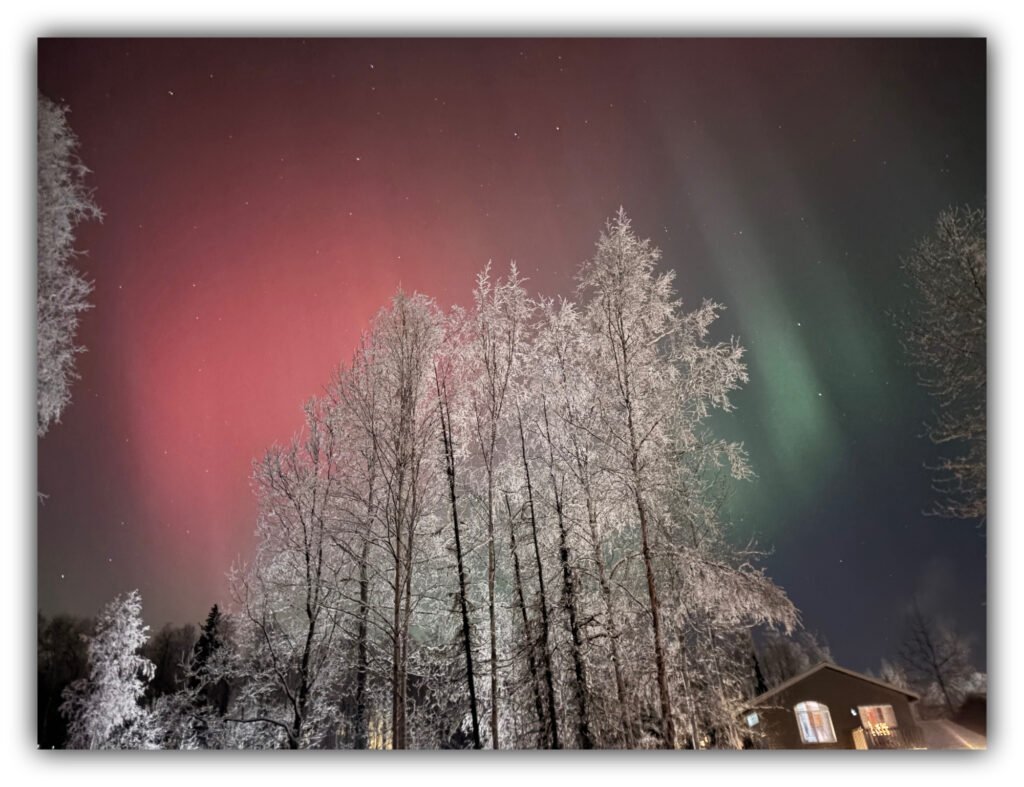
Standing there in my slippers, shivering but grinning, I realized how rare and beautiful this was. Usually you’d have to head north to Alaska or Canada to catch an aurora like that. But thanks to this strong solar storm, the lights stretched far south, painting my own backyard in color.
It was cold, yes, 14 degrees and crisp enough to make my eyelashes freeze, but for a few minutes, none of that mattered. The world was glowing, the stars were shining right through it, and I was just lucky enough to be awake in time to see it.
💡 Why my backyard looked so good
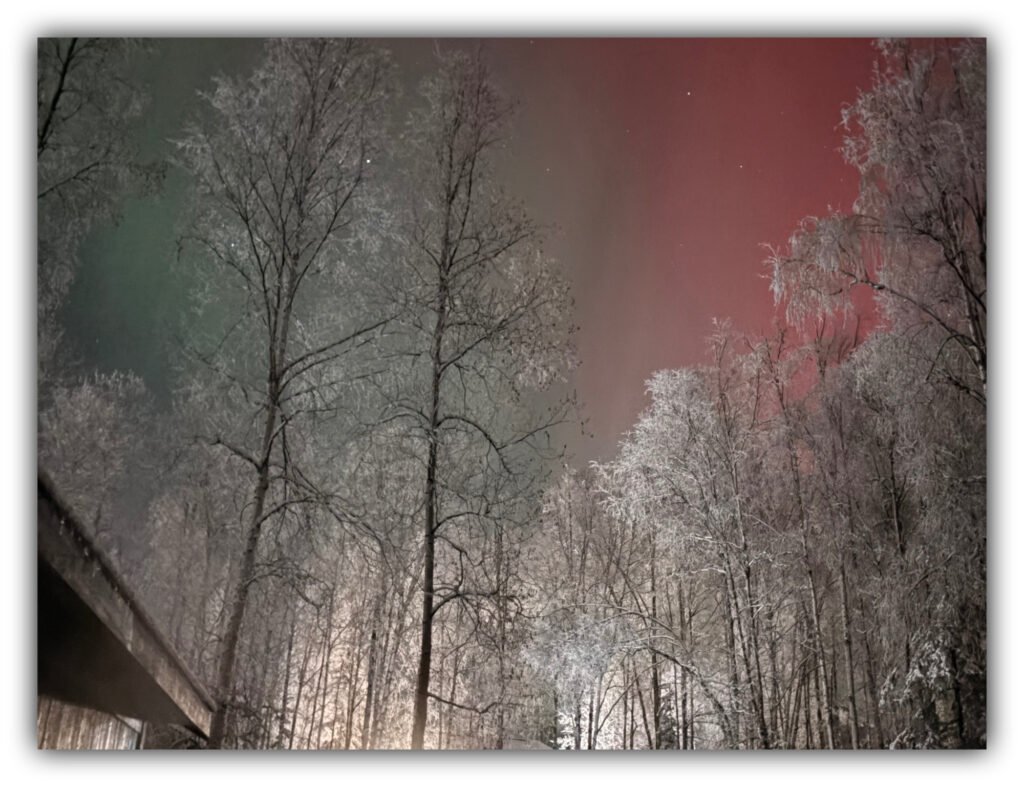
Several things aligned:
- The storm was strong (G4) so the aurora reached your latitude.
- The night was clear and cold (frosty trees = great contrast for the lights).
- My view had minimal light pollution and visible stars, so you captured not only the aurora but the star-field behind it, which makes for a stunning photo.
- The colors were so vivid because the oxygen emissions were strong and the altitude/energy conditions were just right.
